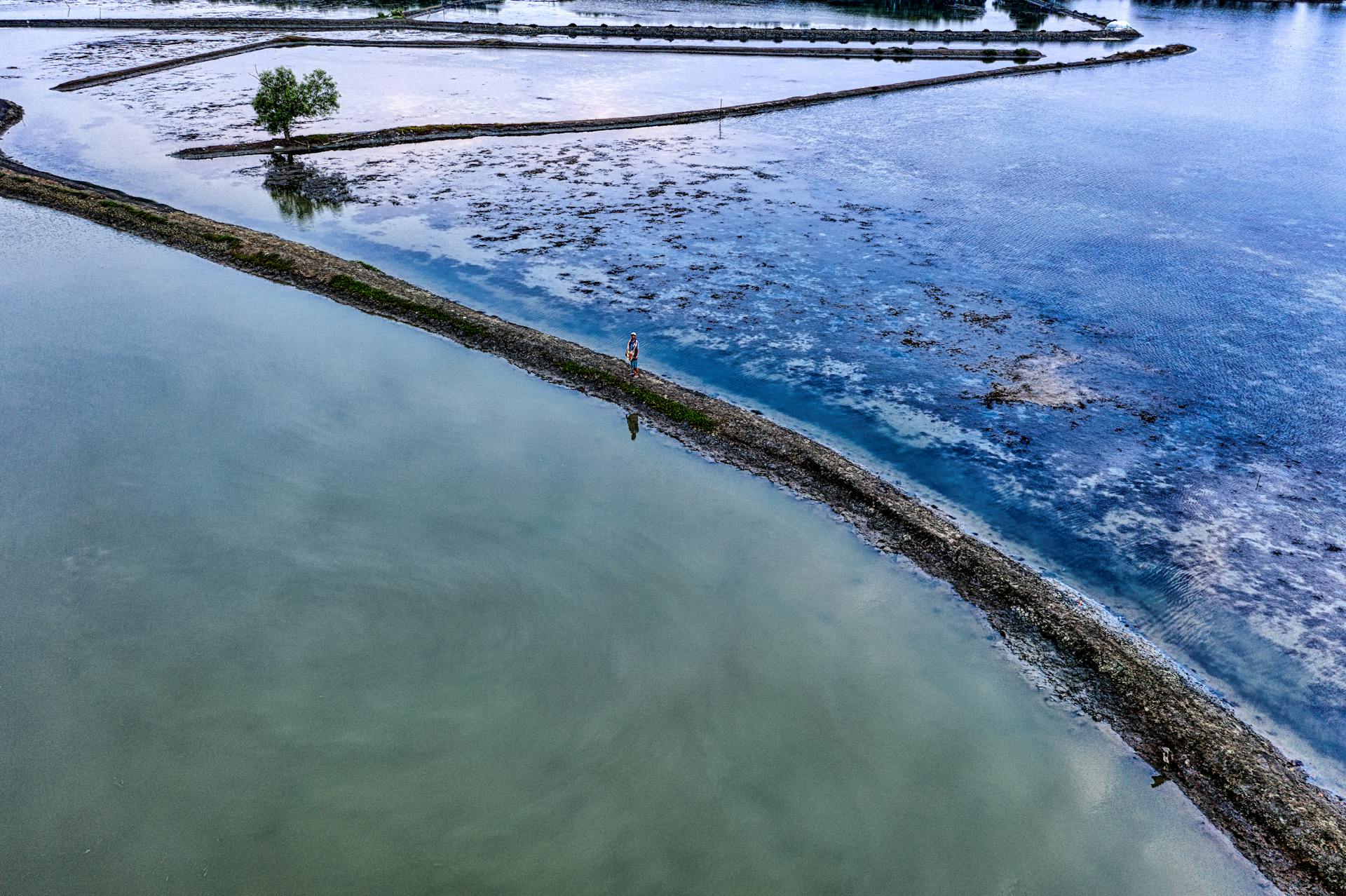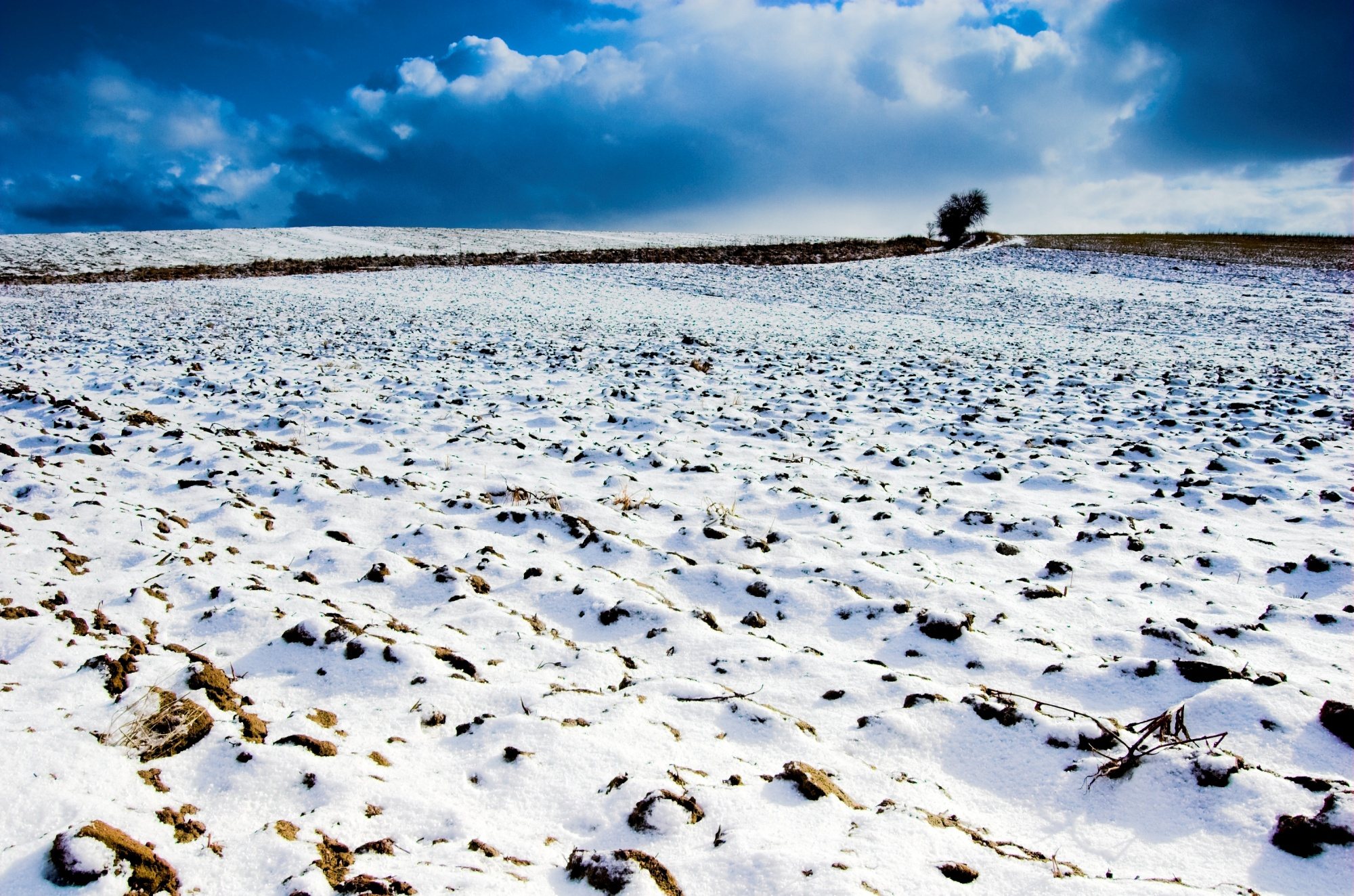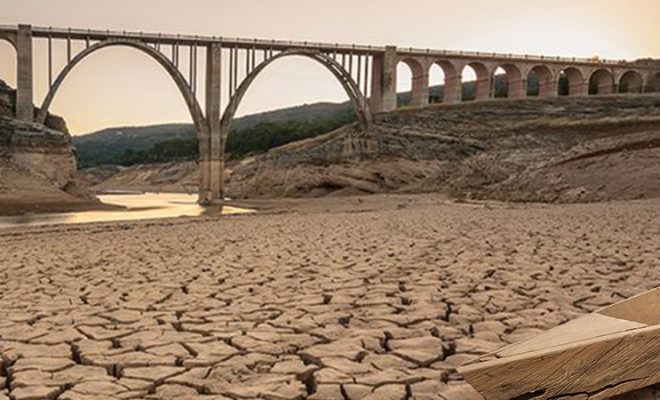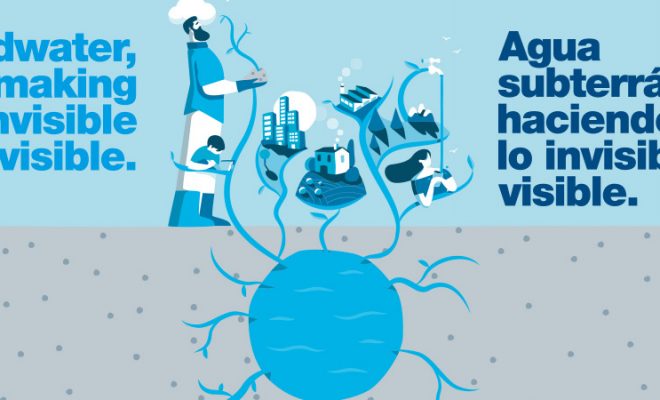
Our projects demonstrate that educating about the perception of the water cycle is key to climate adaptation, protecting biodiversity, and raising awareness that natural resources are not inexhaustible. © pexels-tomfisk
A water molecule can traverse the Earth in remarkably different ways and timescales. It may linger in soil moisture for about eight weeks, become part of a winter snowpack for two to six months, remain trapped in a glacier for decades or even centuries, reside in a groundwater layer for up to 200 years, or hide deep within an aquifer for 10,000 years. Geologists assert that these journeys have continued since our planet cooled approximately 4 billion years ago.
Although the water cycle is studied in schools worldwide, we often overlook the vast differences in the timescales that characterize it. Understanding these variations is essential for designing more effective water policies, optimizing water use, and better adapting to the climate crisis challenges.
Where Is Water, and for How Long?
Within the diversity of paths and timescales in the water cycle, we can distinguish two types of cycles based on the speed at which water renews: fast-paced and slow-paced cycles. Depending on which one dominates in a given region, the perception of water availability and its use as a resource vary significantly, with different consequences for people and ecosystems.
- Fast-paced water cycles typically occur in humid regions with high rainfall. This is the case, for example, in the Atlantic coasts of Europe, Japan, and the more boreal regions, where rainfall is usually more intense in spring and autumn. It also occurs in tropical regions with abundant and relatively constant precipitation throughout the year.
In these regions, if the land lacks water, rainfall replenishes it relatively quickly and more or less regularly, though with seasonal variations. - Slow-paced water cycles dominate in semi-arid areas and drylands. Here, rainy seasons are highly marked: long periods of drought alternate with months of rain, though the intensity varies greatly depending on the region. This is the case with the monsoon regimes of India and the Sahel, which occur from June to September, peaking in August. Moist wind advections cause both seasons: in India, from the Indian Ocean; in the Sahel, from the Atlantic. Other examples include regions north and south of the Earth’s desert belts, such as the Mediterranean Basin and the semi-arid zones of the southwestern U.S. and Mexico.
In these regions, groundwater layers and aquifers constitute the primary water source during dry periods. These reserves can take thousands of years to form, yet human-scale exploitation can deplete them rapidly.

A water molecule can traverse the Earth in remarkably different ways and timescales. ©freepick
In Humid Regions, Nothing Is Guaranteed
In areas with a “fast” water cycle, where rainfall frequently feeds rivers and replenishes reservoirs, water is often perceived as an inexhaustible resource. This apparent abundance can lead to poor planning or even a lack of water management under the belief that its availability is seasonally assured.
However, climate change is altering precipitation patterns, making the regularity of rainfall no longer a guarantee. Even slight variations in the frequency or intensity of rainfall can increase the vulnerability of regions that, until now, seem immune to scarcity issues. For instance, the United Nations highlights that climate change is exacerbating both water scarcity and related hazards, such as floods and droughts, as rising temperatures disrupt precipitation patterns and the entire water cycle.
Therefore, even in traditionally water-rich regions, it is essential to implement effective water management strategies to adapt to these changing conditions and ensure sustainable water availability.
The Bosawas Example
The Bosawas Biosphere Reserve in Nicaragua, located on the Caribbean slope, experiences high annual precipitation ranging from 1,800 to 3,000 mm. However, a three-month dry season (February to April) receives less rainfall.
In 2010, one of our initial projects found that agricultural development, driven by fertile soils and abundant rainfall, had led to the cultivation of 31% of the territory. This expansion accelerated deforestation in the reserve’s “buffer zone,” the areas adjacent to protected forests.
We implemented a collective learning program based on regenerative agriculture to curb this degradation. This practice, rooted in the ancestral knowledge of the Mayangna people—one of the region’s ethnic groups—has been recommended by ecologists as a key strategy to halt deforestation and combat soil erosion.
At that time, the IPCC had already classified the area as one of the most stressed by extreme climatic events. Over the past decade, Bosawas’ climate has continued to confirm these forecasts, showing significant seasonal alterations. There has been an increase in abnormally dry episodes, along with more frequent flooding caused by hurricanes, conditions that accelerate both deforestation and soil erosion.
Fourteen years later, the areas where regenerative agriculture was implemented—both in our intervention and in numerous initiatives subsequently promoted by the Ministry of Environment and Natural Resources (MARENA)—have managed to halt deforestation and biodiversity loss. In this process, changing the perception of the water cycle by recovering ancestral knowledge has been key to dispelling the belief among farmers that natural resources are inexhaustible.
Adapting to a changing climate means communities must face increasingly irregular and concentrated rainfall, with floods in the wet season and prolonged droughts in the dry season. This trend is not unique to Bosawas; it has been repeated in many humid tropical regions, as the FAO and the IPCC have warned for decades. In this context, the transition to agricultural management based on techniques that regenerate soil and promote biodiversity is more urgent than ever.
The Case of the Subtropical Belt
The arid and semi-arid zones of the so-called “subtropical belt” present the most significant challenges in water management, as slow timescales of the hydrological cycle predominate here. These regions cover approximately 41% of the Earth’s surface and are home to more than 2.5 billion people. Moreover, they are crucial for global food security, producing 50% of the world’s livestock and 44% of its food.
Access to water in these regions relies on managing its storage, particularly groundwater contained in aquifers and water tables. These reservoirs can take millennia to form, becoming true geological treasures. However, when overexploited and depleted, they are irreversibly altered, leading to soil drying, losing their ability to retain rainwater, and increased vulnerability to erosion. This process can result in desertification, a phenomenon that is, in some cases, irreversible.
Understanding aquifers’ slow recharge rate and its relationship to aridity is crucial to preventing their collapse. In Spain, for example, aquifers formed during the Jurassic period (between 201 and 145 million years ago) are being exploited to irrigate olive groves. Intensive groundwater pumping for urban use and agriculture (predominantly olive production) for more than 40 years has resulted in groundwater decline of several tens of meters (up to 90 m) and increased salinity in the carbonate Jurassic aquifers.
India’s situation is of particular global concern. According to the Central Groundwater Board of India, about 5% of its groundwater blocks are classified as critical, meaning they are near the point of no return, which can be fatal for dependent ecosystems. Another 14% are in a semi-critical state, approaching this threshold.

The arid and semi-arid zones of the so-called “subtropical belt” present the most significant challenges in water management, as slow timescales of the hydrological cycle predominate here. ©freepick
A deep understanding of the water cycle and its rhythms is key to sustainability, especially in regions where dependence on groundwater is critical. Education about the water cycle has proven to be one of the most effective strategies in aid projects. Our experience, along with that of governments, NGOs, and UN agencies that share this vision, confirms that this knowledge is fundamental to decisively approaching the goals of SDG 6.





